Dr. Lichaa Sit Downs: Dr. Nyal Borges Explains Why Microcatheters are Necessary in Interventional Cardiology
By Hady Lichaa, MD - Last Updated: May 25, 2023In part one of a two-part interview, Dr. Hady Lichaa speaks with Dr. Nyal Borges (Atrium Health) about microcatheters, and why they are an essential part of today’s interventional cardiology practice. As Dr. Borges explains, the development of microcatheters “is an elegant way to (not only) replace the over-the-wire balloon, but also to facilitate a whole additional list of options to be able to do different things with that type of technology.”
Stay tuned for part two, coming tomorrow!
Dr. Hady Lichaa: Hello, this is Hady Lichaa from Docwirenews.com. We’re here. We are very delighted to have Dr. Nyal Borges, a CTO expert and fantastic operator, to give us some tips and tricks on his thought process about coronary microcatheters. So good evening, Dr. Borges. It’s a pleasure to have you.
Dr. Nyal Borges: Thank you so much, Hady. It’s great to be on your show and look to an interesting discussion.
Dr. Hady Lichaa: So, first of all, the first thing that comes to mind, if I’m a middle- career, kind of late-career operator who have been doing this for let’s say 20 years, and I’ll tell you, we’ve done all this without coronary microcatheters. Try to convince me why this is essential to today’s interventional practice and what is a microcatheter for?
Dr. Nyal Borges: Sure. So I think for someone who’s been doing it, let’s say for 10 or 15 years, I think most people would agree that the complexity of disease we deal with today is significantly greater than what we’ve probably dealt with five, 10, 15, and certainly 20 years ago. And I think that has created an onus on operators and on industry and as a field to improve the technology we have to meet the challenges at hand.
So the majority of PCIs 20 years ago, and probably today, too, is being done in a traditional way, with a wire followed by a balloon, hopefully followed by intervascular imaging and then a stent. But I think there has always been a subset of patients that you couldn’t get the wire to go where you wanted it to go, or if you got it there, you couldn’t pass the lesion that you got to. And that led to frustration, sometimes, led to increasing aggressiveness with stiffer wires, when the issue really was that you just didn’t have enough support at the lesion. And not to forget that stiffer wires come with often greater complications, higher risk, especially when used in an ad hoc way.
So I think the old and traditional workaround for this has always been to use an over-the-wire balloon, and functionally, what that is doing is it’s giving you support at the lesion, some flexibility in the ability to exchange your wire or reshape your wire, but it increases your toolkit at the lesion and allows you then, hopefully, to be able to cross.
I think the development of microcatheters is an elegant way to replace the over-the-wire balloon, but also to facilitate a whole additional list of options to be able to do different things with that type of technology. I think over-the-wire balloons work well. They’re cost-effective, but they’re limited in what their ability is to deliver to the operator, and that comes largely because A, you don’t have a marker at the tip. So you’re not totally sure, sometimes, where your balloon is, which can increase the risk of complications. And they’re not particularly rigid or supportive, and so you can kink them, you can damage them, and then you end up using multiple glues.
So I think the recognition of the limitations of wire technology, as well as the increasing complexity of patients, and the demands of what it takes to revascularize some of these patients and lesion subsets is what actually led to the development of microcatheters as a solution to problems based in everyday PCI.
Dr. Hady Lichaa: Fantastic, such well said. So if I need to summarize what you said, basically more support, torque control, delivery of equipment, and cross-ability, basically, in a nutshell. So in your mind, tell me: How do you think about microcatheters? How do you divide them up in your mind in a simplistic, pragmatic, practical way?
Dr. Nyal Borges: Yeah, so I think when it comes to interventionalists, there are two types. There is the lumper types, who think of things in groups, and then there’s the splitters, who focus on every little detail between things. I, personally, am more of a lumper, so I like to think of things in big groups. So when I think of microcatheters, to simplify it, because there’s so many options on the market now, I think of really five things that microcatheters provide you.
So there’s the wire exchangers. That’s number one, where the goal is: I need to get a wire down that’s different than the one I have, whether that’s for support, whether it’s for atherectomy. There’s a lot of different scenarios where you need a different wire than the one you have. So a basic lumen that allows you to exchange a wire.
The second is a wire enhancer. What I mean by that is it allows you to retain the function of your wire, which is otherwise lost, due to tortuosity, due to the position you’re working at, or more tip load. So for example, a three-gram wire without a microcatheter is a three-gram wire. A three-gram wire with a microcatheter two millimeters back from the tip is a seven, eight, nine, 10-gram wire. So it drastically increases what your wire is able to do at a short distance from the microcatheter.
The third, then, in my mind, is a wire duplicator. So you have a wire down. You want to deliver a second wire, either into a side branch or penetrate a cap in a CTO. So certain microcatheters, like dual-lumen microcatheters, allow you to multiply the number of wires you can have in a coronary without sacrificing any particular wire.
The fourth group, then, are plaque-modifying marker catheters, so things where you have a wire across a lesion, but you need to modify the plaque to be able to cross. And there are purpose-designed microcatheters that we can certainly discuss, where the intent is to actually modify plaque, whether it’s calcium, fibrotic tissue, lipid, to facilitate a channel through there that then allows the delivery of further equipment.
And then the final group is microcatheters that allow you to deliver other devices, whether it’s coils, whether it’s a drug, whether it’s fat, thrombin. Again, they serve the purpose as a lumen that allows you access to a distal bed.
So I think of five different functions: the wire exchangers, enhancers, duplicators, plaque modifiers, and then other device delivery.

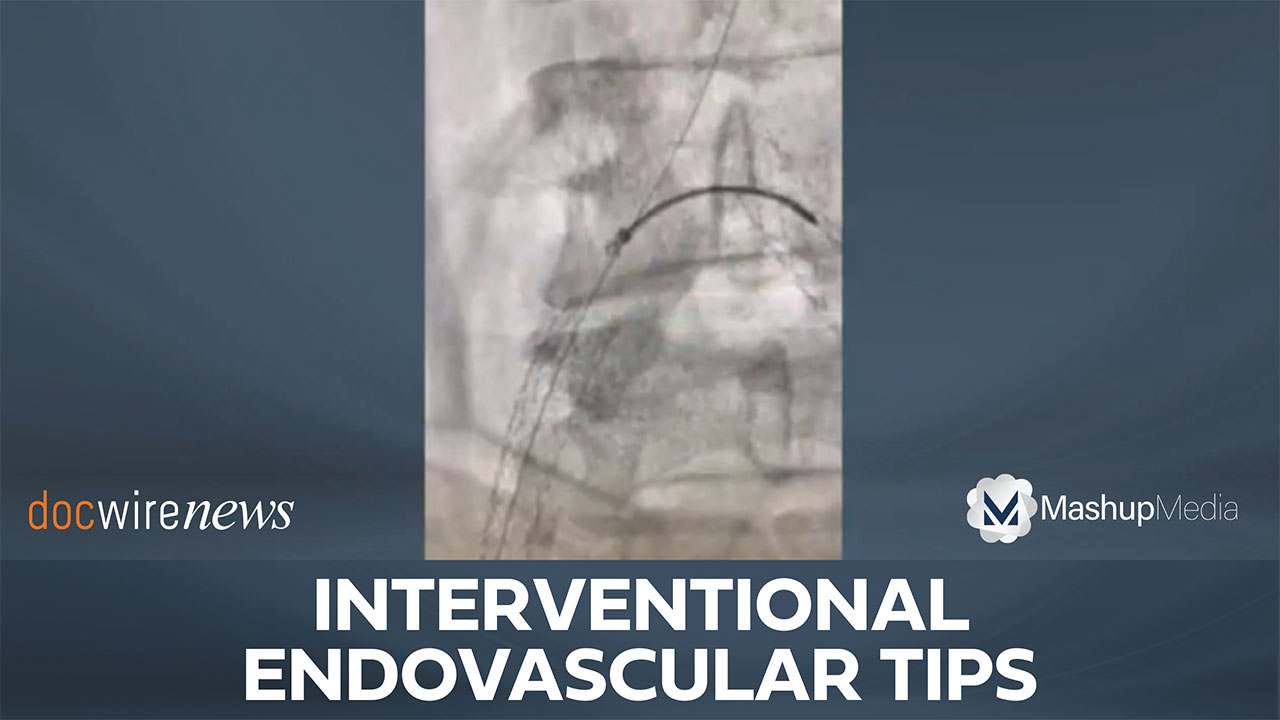
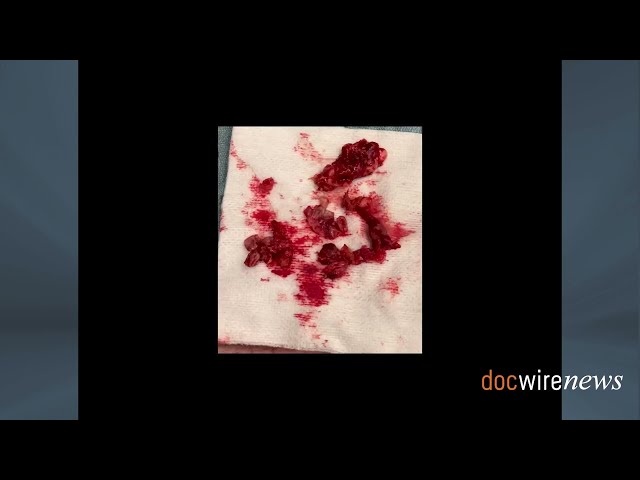
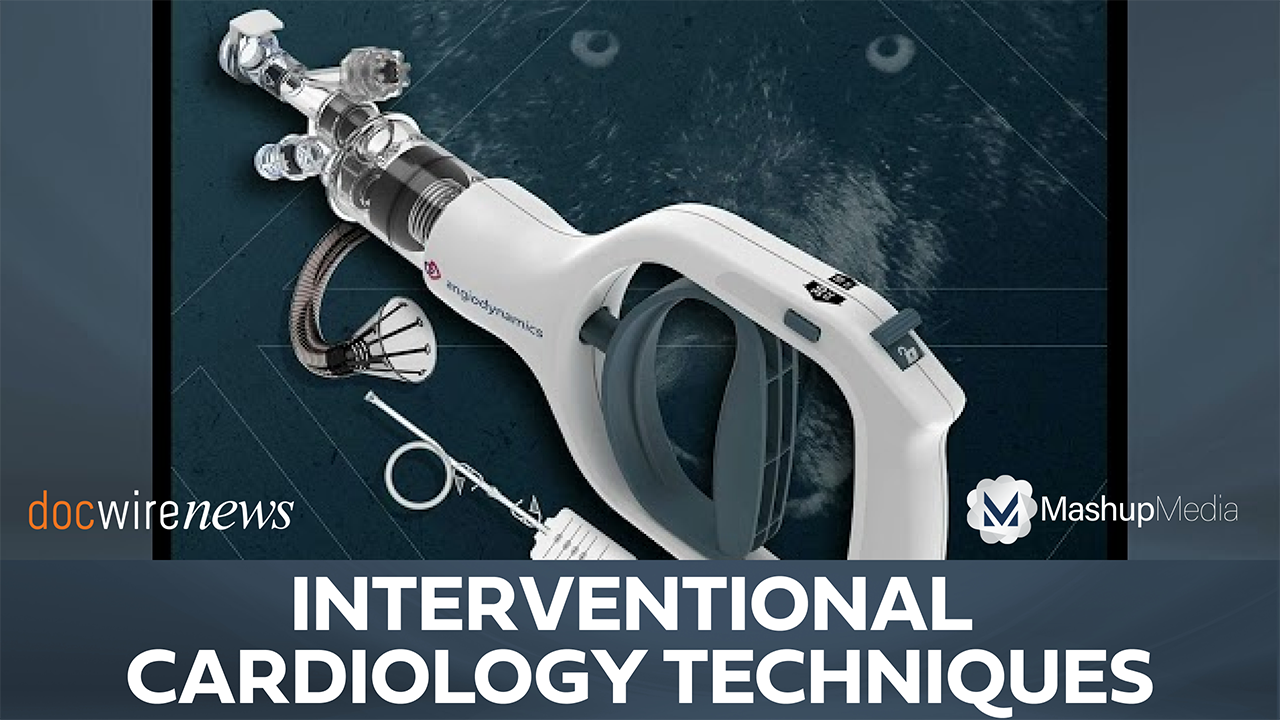
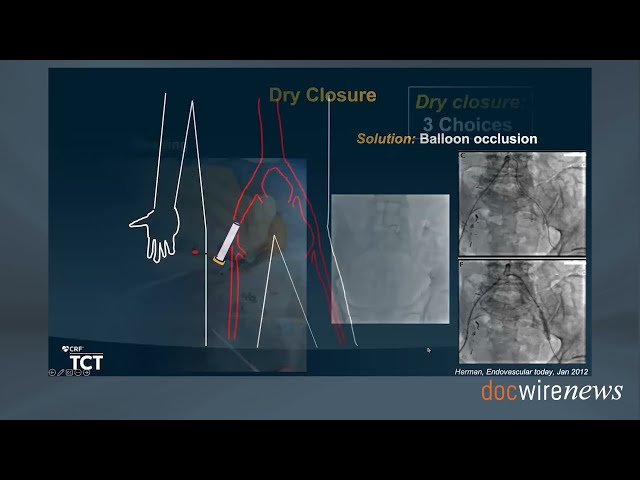
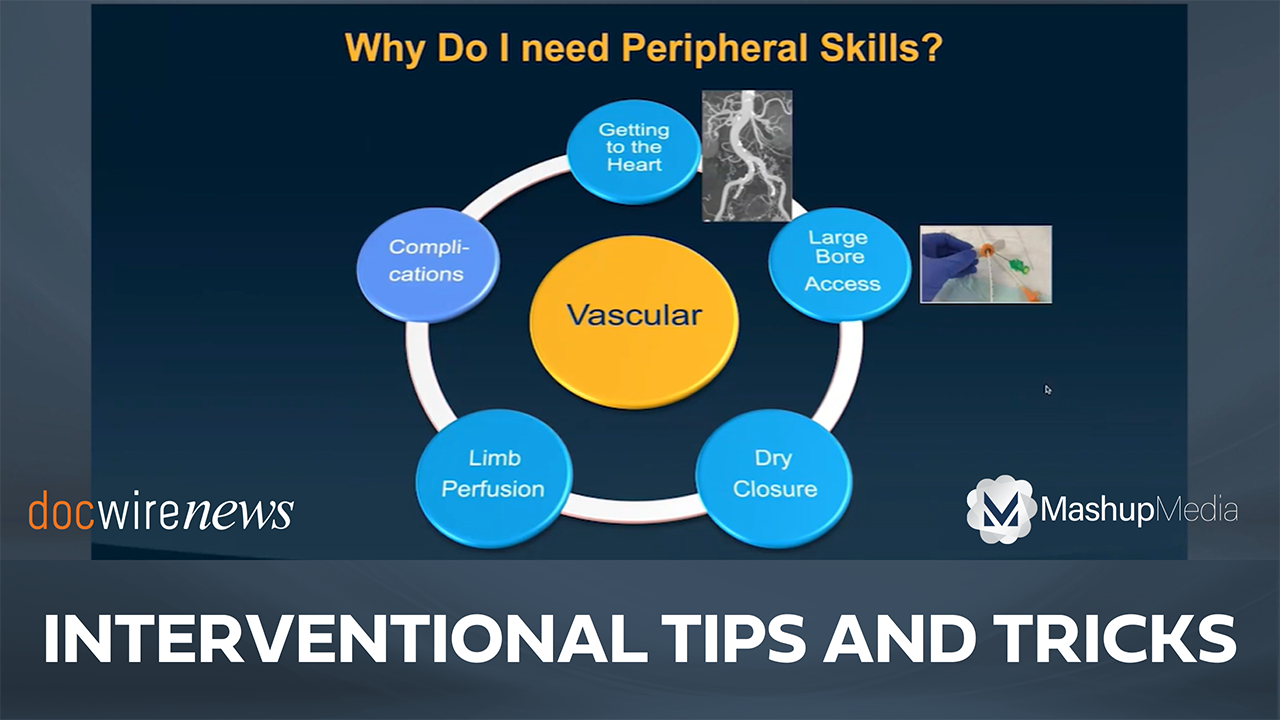

 © 2025 Mashup Media, LLC, a Formedics Property. All Rights Reserved.
© 2025 Mashup Media, LLC, a Formedics Property. All Rights Reserved.